In late June, the temperature soared to more than 100 degrees Fahrenheit in Siberia, above the Arctic Circle. This year is on track to be the hottest year in recorded history. The climate crisis has not paused for the pandemic.
The climate crisis. The pandemic. Police violence. Racial inequality.
Teachers must ask: What is our role — and the role of the curriculum — in preparing students to confront these emergencies — and those to come?
Students deserve a curriculum that helps them make sense of this moment, and that explores the connections between crises.
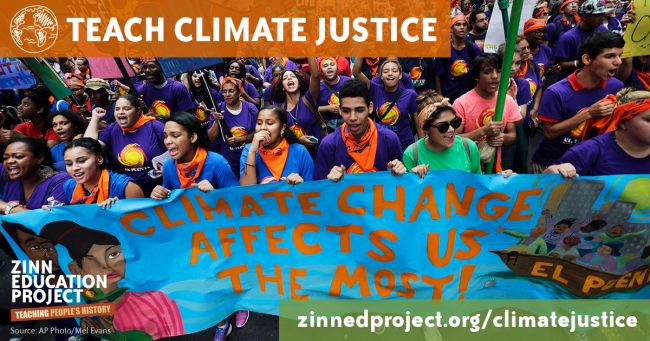
Climate change is making outbreaks of disease — like COVID-19 — more common and more dangerous. Climate change intensifies droughts, fires, hurricanes, and deadly heat waves — and inequality. Climate change drives migration and creates millions of refugees. Climate change is an emergency.
Teaching climate justice helps students understand these present realities and why some people are affected more than others. Teaching climate justice means teaching students the history of imperialism and white supremacy that have led to today’s climate apartheid. Teaching climate justice means alerting students that they can contribute to making things better.
Resources for a Climate Justice Curriculum
Essential Guide: A People’s Curriculum for the Earth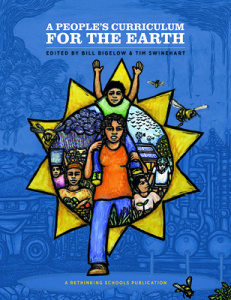
A People’s Curriculum for the Earth is an educator’s toolkit for our times.
— Naomi Klein
Life on Earth is at risk. Here is a resource that helps students see what’s wrong and imagine solutions.
This collection of articles, remote-learning friendly role plays, simulations, stories, poems, and graphics helps breathe life into teaching environmental justice.
Order your copy at RethinkingSchools.org
Teach Films with a Conscience
During the COVID-19 crisis, we share this annotated list of more than 100 films.
It has always been a good idea to use “films with a conscience,” but films may now be an even more accessible “text” we can use to help young people think deeply about the world. Many of these films alert students to how individuals and social movements have tried to make life better.
The list includes 23 films about Environmental Justice. Many are available to stream online for little or no cost.
Share Your Story and Receive Three Climate Justice Books
Submit your classroom story about teaching with a Zinn Education Project climate justice lesson and receive three free books. Learn More
The Corona Connection: Capitalism, Climate Change, and Deforestation
As students study the root causes of the pandemic, they will need to examine the role of the capitalist system with respect to the environment.
Here are readings to share with them and background information for educators.
Support Teaching People’s History
The Teach Climate Justice campaign is made possible by support from individuals like you. The future depends on your support. Donate now!

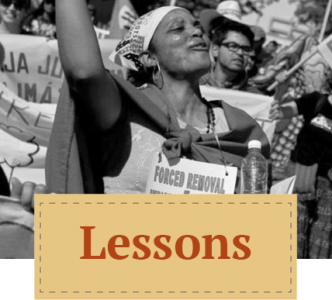
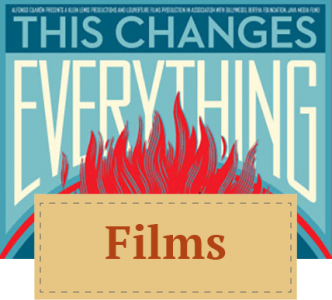
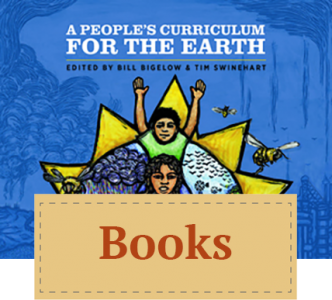
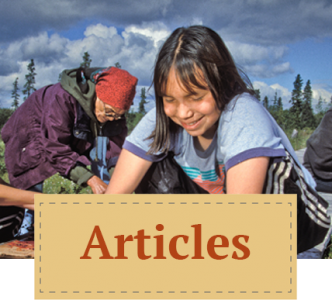
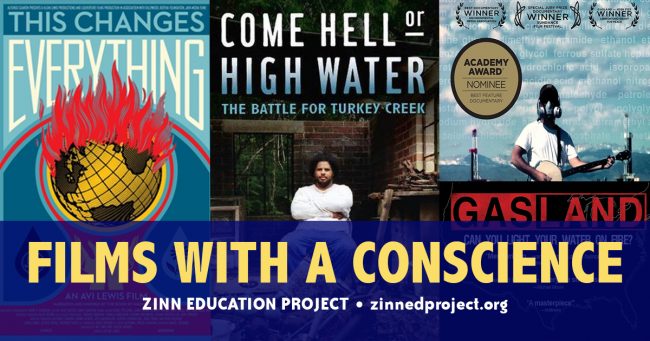
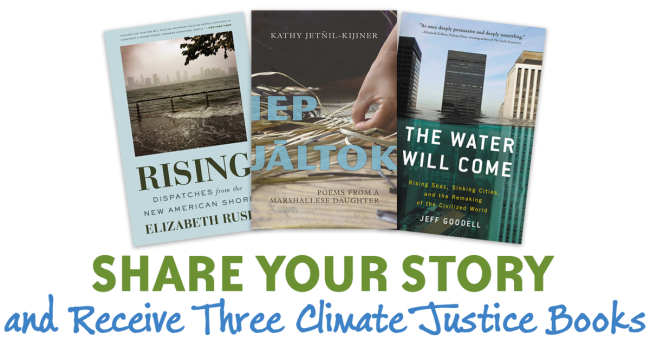
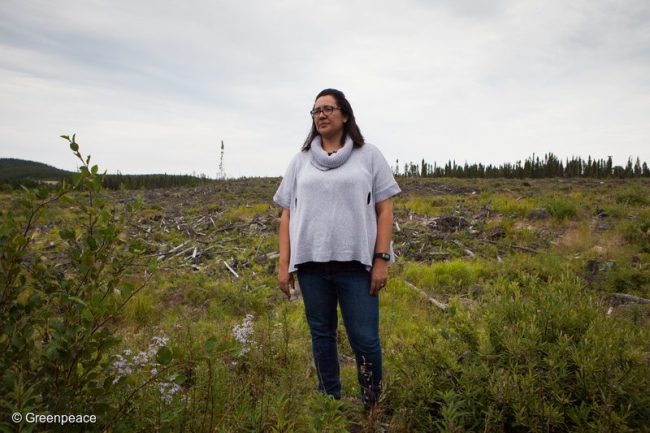
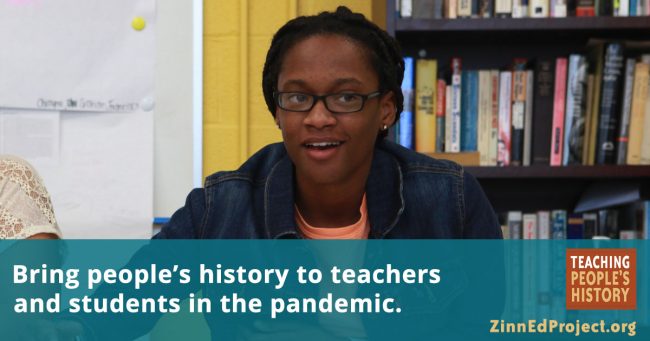





Twitter
Google plus
LinkedIn